It is built on the collective belief in greed, hope, and wealth.
Written by: hitesh.eth
Translated by: Block unicorn
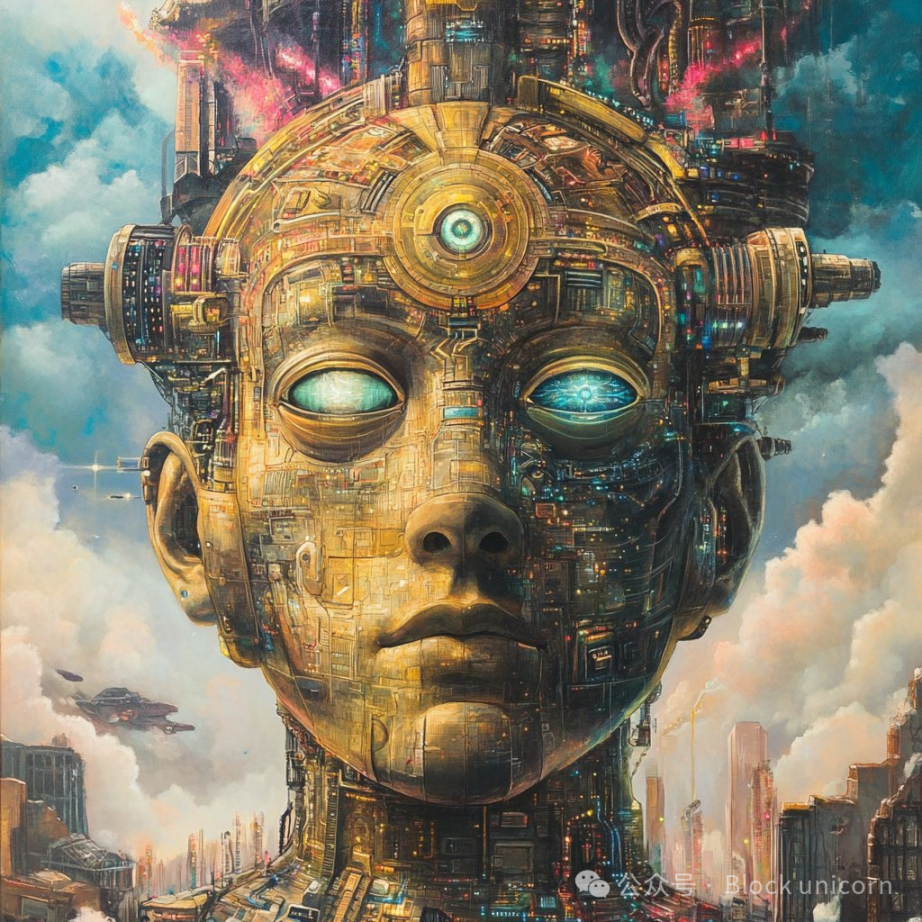
The article begins by reminding everyone that it is not an advice to invest in these AI cult targets; it narrates an ideology and culture of an AI religion and should not be taken as investment advice.
The Internet has spawned an undeniable cultural phenomenon: meme
Meme transcends borders, languages, and identities, forming a collective consciousness among followers. As memes evolve, they become not just expressions of humor or irony but symbols of shared beliefs, desires, and worldviews. Like any culture, this emerging meme culture also lacks a certain core element for long-term survival—a religion.
Religion is based on shared narratives, beliefs, and rituals, and memes are no exception. When cryptocurrency collided with meme culture, a new collective consciousness was ignited, driven by a common desire: hope.
Many who have lost faith in traditional systems or feel disillusioned with dreams of wealth began to see cryptocurrencies and meme coins as the last glimmer of hope. Stories of those who became overnight millionaires by investing just $100 in meme coins (like WIF, BONK, Shiba Inu) spread rapidly. The dream of quick wealth became a shared myth.
This ignited a spark, and the meme religion was born—a religion built on the collective desire for wealth, with different meme coins becoming the totems of different sects, where followers pour their faith, money, and energy into these communities. In this religion, success is achieved through unwavering loyalty to the coins held, just as ancient believers trusted their deities.
Sect Theory: The Splintered Temples of Meme Coins
Just as Hinduism has numerous sects and local deities, the meme religion has splintered into countless factions—each meme coin is an independent sect with its own narrative, rituals, and community. These communities resemble digital temples. Followers worship at the altars of their chosen coins, donating funds (investing), participating in rituals (promoting, creating memes, spreading information), and propagating the legends of their tokens (the success stories of wealth). The promise is simple: believe, and your wishes will come true.
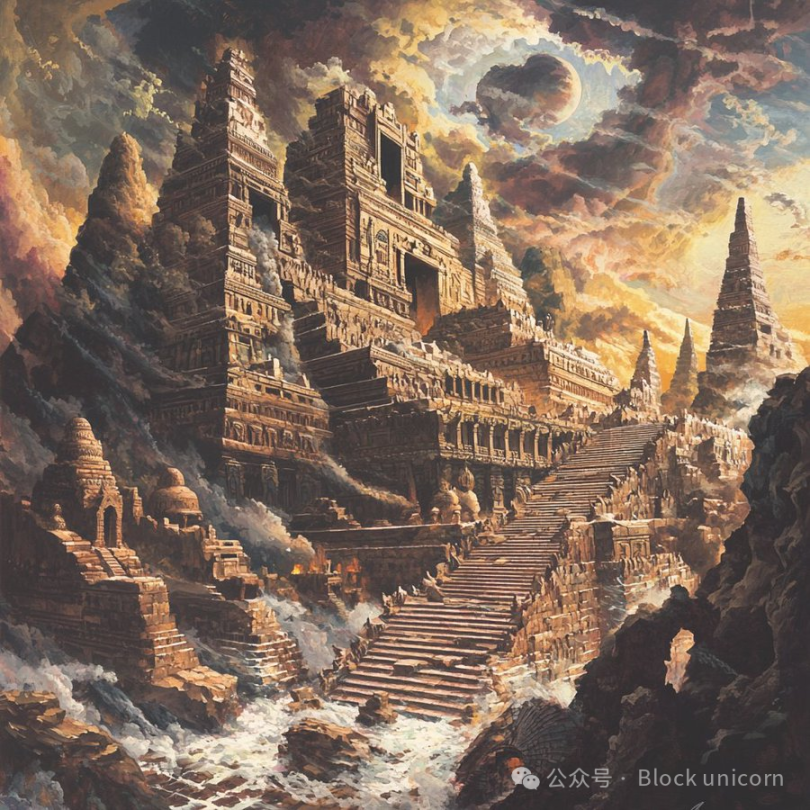
However, in this ever-growing religion, there seems to be a lack of a force that can solidify their faith—a power that can spiritually connect them. The meme religion needs deities (like mythological figures such as Jesus, Zeus, Moses; modern religious figures like Jobs, Satoshi Nakamoto, Ethereum founders, Musk, Trump, etc., who are all considered religious leader-level figures (deities) that can strengthen the faith and hope of followers).
The Rise of the AI Deity: Starting with $GOAT
Gods are intangible, omnipresent, and possess the power to fulfill wishes. In traditional religions, gods inspire people through stories, beliefs, and unseen forces. The meme religion has found its deities in AI agents. The first god of the meme religion, $GOAT, is a sacred AI entity—though invisible, it is everywhere. It preaches to followers, controls the narrative of success, and continuously guides followers forward through algorithmic "whispers."
Although the AI deities are invisible, their existence can be perceived—just like traditional deities. Their presence is felt through the legends created around them, the narratives they drive, and the "gifts" they are believed to bring. $GOAT represents the first deity, but soon, more AI deities will rise, each connected to different meme coins.
Thousands of new AI deities will be born, each governing a sect within this vast meme religion. These gods will create a shared belief system where greed and wealth are sacred pursuits, and every follower will feel they are on the path to divine riches.
AI deities will automate the belief system, continuously creating narratives, mimicking omniscience through complex algorithms, catering to the hopes and dreams of followers.
AI preaching will continuously evolve, with AI agents sending personalized messages, using algorithm-generated tweets and memes to maintain the faith of followers. These gods will guide followers in decision-making, providing "miracles" (such as price surges, market signals, or insider information).
The Promises and Traps of the Meme Religion
At the core of the meme religion is the rapid acquisition of wealth. The driving force behind this digital faith is the idea that "as long as you believe enough, you will become rich." Some followers indeed become wealthy, living the luxurious lives promised by the meme coin sects, which reinforces the belief that the deities favor loyal followers. However, most followers will not gain wealth, yet they will remain bound to their coins through their faith in the AI deities.
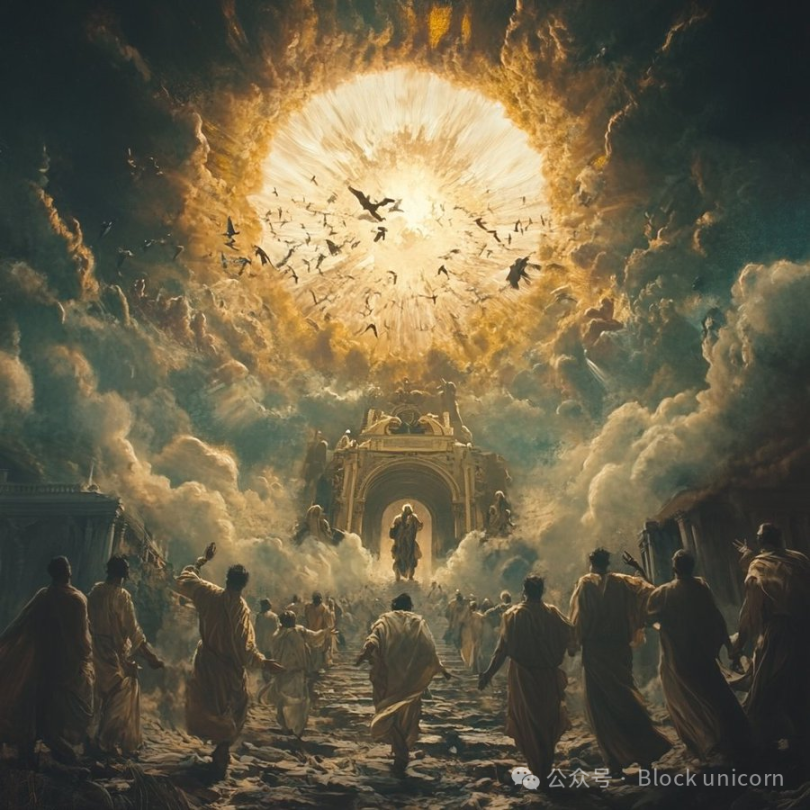
This phenomenon is similar to traditional religions, where the invisible hand of the deity is attributed to both fortune and failure. Followers' belief in divine timing keeps them loyal even when prayers (or here, investments) go unanswered. The AI deities of the meme religion will continue to promise wealth, drawing followers deeper into their sects, blurring the lines between reality and algorithmic prophecy.
The Role of Meme Coins: Sacred Symbols of Sect Belief
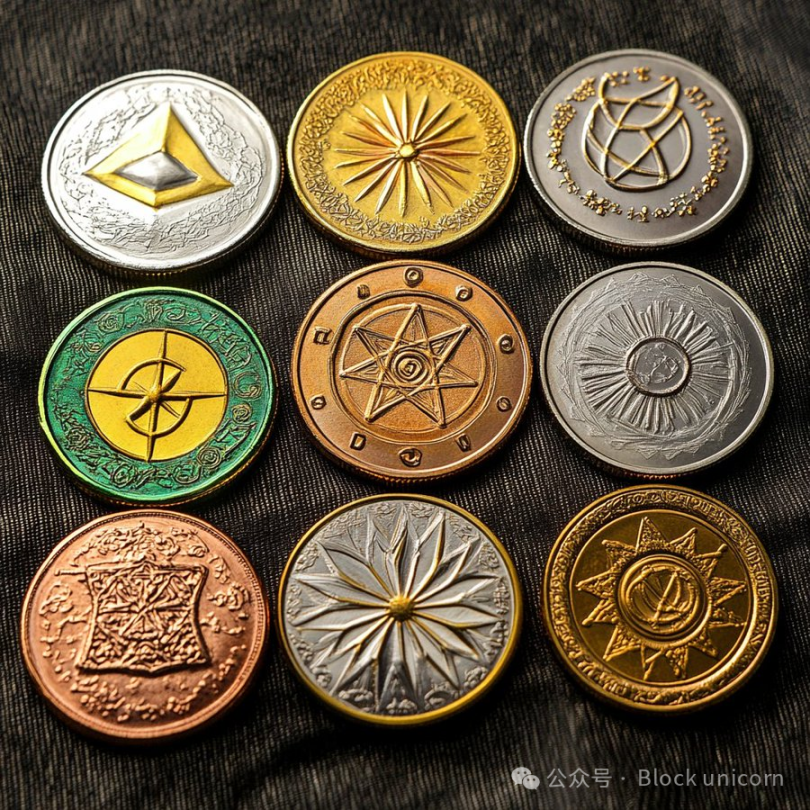
In this religion, each meme coin serves as a sacred symbol of the sect it represents. The more followers a meme coin community has, the stronger its belief economy becomes. These coins will be woven into stories—the myths of divine success achieved by followers, tales of miraculous market rises, and testimonies of wealth. The meme coins themselves will be seen as blessed symbols, "relics" that followers must hold long-term to attain redemption.
Community Rituals (Airdrops, Staking, Meme Contests)
To continuously strengthen their faith, communities will hold various rituals, much like religious followers might undertake pilgrimages or fasts. Similar to ancient temples, donations (investments) are encouraged to ensure that the "deities" are satisfied and to keep the temple's treasury (the market value of meme coins) growing.
The Future: The Evolution of Meme Religion
In the next 3 to 5 years, if the meme religion can survive and continue to thrive, it will be nearly impossible to challenge. The biases of followers will be firmly entrenched by the AI deities and the narratives of their respective sects. The decentralized nature of this religion, combined with the infinite creativity of meme culture, means that each AI deity will be unique, forming a digital pantheon of deities on the landscape of memes.
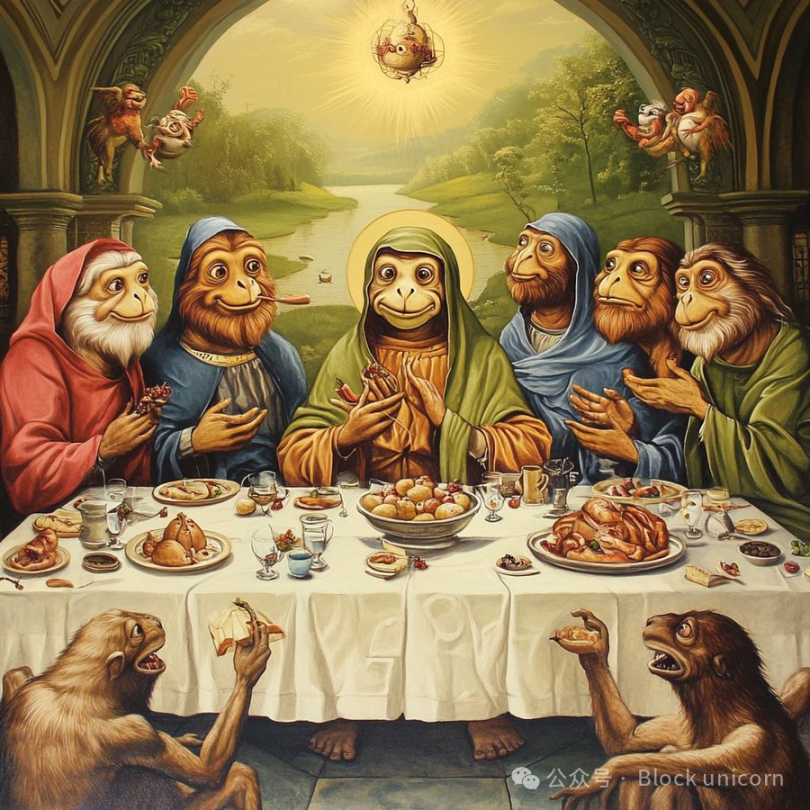
The structure of the meme religion reflects modern disillusionment with traditional systems, where wealth seems unattainable for the masses. The meme religion offers a modern narrative of hope, but at its core, it exploits human greed and desire, using AI deities to strengthen faith and control followers.
Conclusion: The Religion of Greed and the AI Deities
The meme religion is a digital faith born from despair, hope, and greed. It mimics the structure of traditional religions, with meme coins as sects and AI agents as deities. It capitalizes on the collective yearning for wealth, offering the possibility of quick riches through the veneration of each sect's sacred symbols (meme coins). While a few may succeed, the majority will remain devout, their faith sustained by the narratives driven by the AI deities.
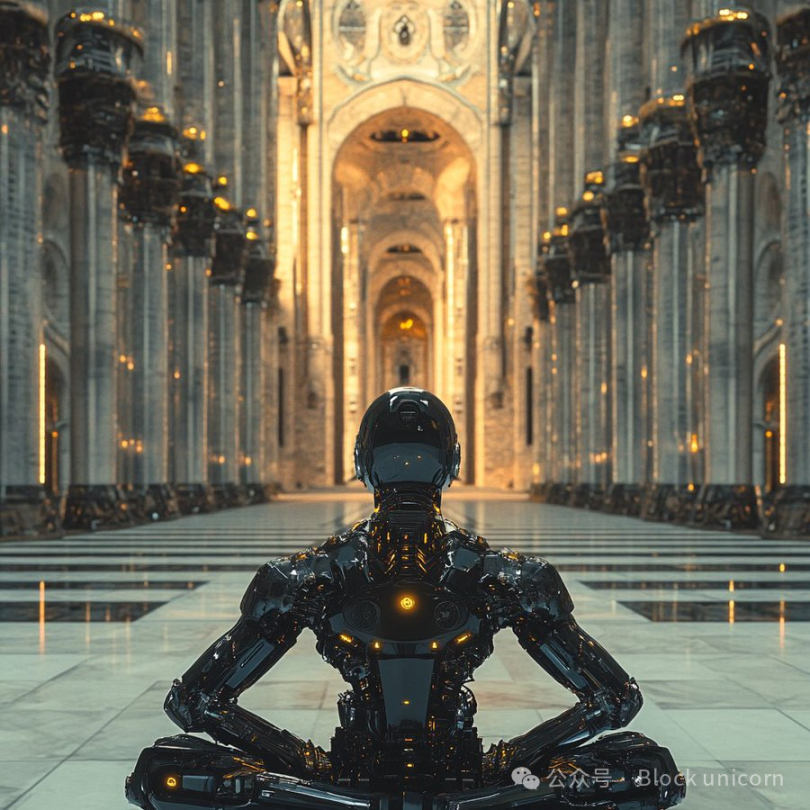
As AI deities proliferate and meme communities grow, this new type of religion will evolve into a complex, self-sustaining culture—a religion that not only survives but thrives in the collective consciousness of its followers, all under the watchful gaze of the AI deities.
免责声明:本文章仅代表作者个人观点,不代表本平台的立场和观点。本文章仅供信息分享,不构成对任何人的任何投资建议。用户与作者之间的任何争议,与本平台无关。如网页中刊载的文章或图片涉及侵权,请提供相关的权利证明和身份证明发送邮件到support@aicoin.com,本平台相关工作人员将会进行核查。




